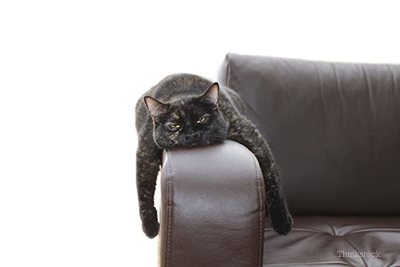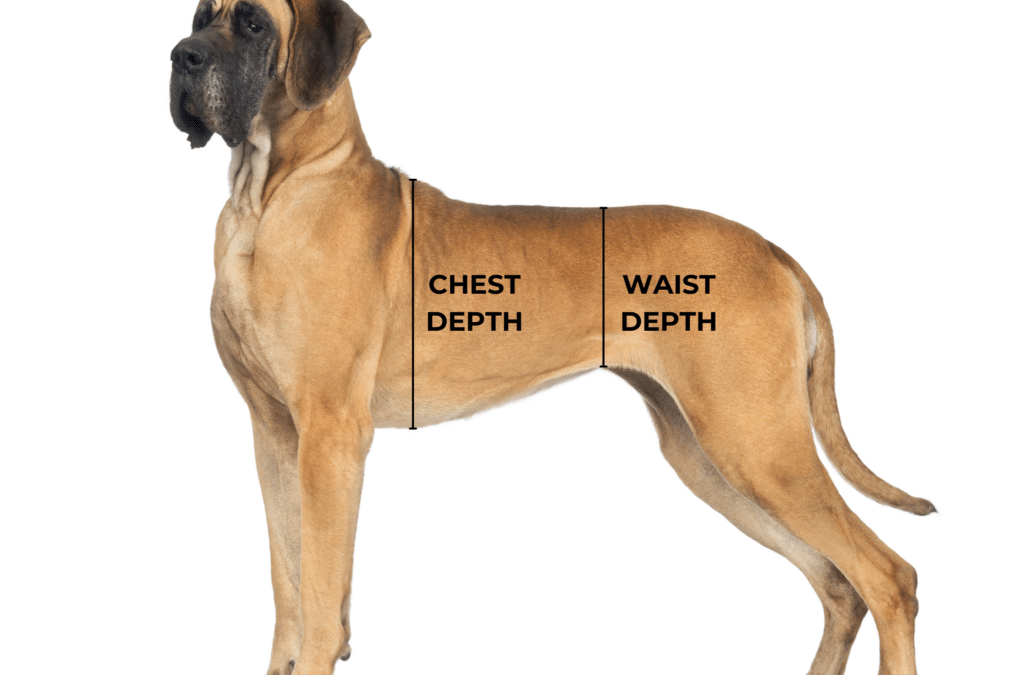
What To Do if Your Cat Just Seems Off
Dr. Justine A. Lee, DVM, DACVECCCat Checkups & Preventive Care 
Let me fill you in on a little veterinary secret — we use the term ADR for “Ain’t Doin’ Right” quite commonly in our field. We do this because a lot of dogs and cats will be brought in by their pet guardian for general vague signs of malaise — or what we fondly call ADR.
So what does this mean, and how can you tell if something is truly wrong with your cat? When in doubt, trust your gut instinct.
What are some of the signs of “ADR?”
Here is a general list of ADR signs that warrant a trip to your veterinarian practice. (Note: This list is not all-inclusive. When in doubt, seek veterinary attention to be safe!):
- Vomiting
- Hiding
- Decreased appetite or not eating
- Acting lethargic
- Open mouth breathing
- Elevated respiratory rate at home
- Excessive tearing, rubbing or abnormal discharge from the eyes
- Malodorous smell (This may be coming from anywhere, but isn’t normal!)
- Feeling warm or cold to the touch
- Not drinking
- Not using the litter box for more than 24 hours
- Making multiple trips to the litter box
- Straining to urinate
- Excessive grooming of the perineal region
- Crying out in pain or acting painful
- Change in hair coat (e.g., unkempt, greasy, etc.)
- Limping (that does not resolve in 1-2 days on its own)
- Not being able to move, dragging the back legs, or acting suddenly paralyzed
- Distended abdomen
- Excessive thirst or urination
- Larger than normal clumps in the litter box
- Weight loss
Any of these signs may represent serious medical conditions.
What tests might your veterinarian recommend if your cat “ADR?”
- A physical examination
- Blood work (looking at the blood sugar, electrolytes, kidney function, liver function, white and red blood cells, etc.)
- Serologic testing for infectious disease (e.g., feline leukemia, FIV, etc.)
- Urinalysis (looking for a urinary tract infection, urinary crystals, etc.)
- Urine culture (looking for a urinary tract infection)
- X-rays may be suggested. If x-rays are abnormal, then an abdominal ultrasound (which lets us look at the inside architecture of the organs) or echocardiogram (ultrasound of the heart) may be necessary at a specialty clinic.
Depending on what the underlying cause of ADR is, treatment may be either outpatient or require hospitalization. Some minor problems can be managed on an outpatient basis with subcutaneous fluids, i.e., under the skin (to help hydrate your cat), an injection of an antibiotic, or even pain medication. However, more serious conditions may require hospitalization for intravenous (IV) fluids, IV antibiotics, blood pressure monitoring, and supportive care.
When in doubt, if you notice something is wrong with your cat, it’s always better to get to your veterinarian sooner than later. Not only could that potentially save you the cost of an expensive emergency veterinary visit, but the sooner you notice a problem, the sooner your veterinarian can treat it, and the less expensive it may be.
If you have any questions or concerns, you should always visit or call your veterinarian — they are your best resource to ensure the health and well-being of your pets.
Related symptoms: VomitingAppetite ChangesNot EatingLethargicBreathing ProblemsTearingEye DischargeNot DrinkingDifficulty UrinatingLimpDrinking A LotWeight Loss



